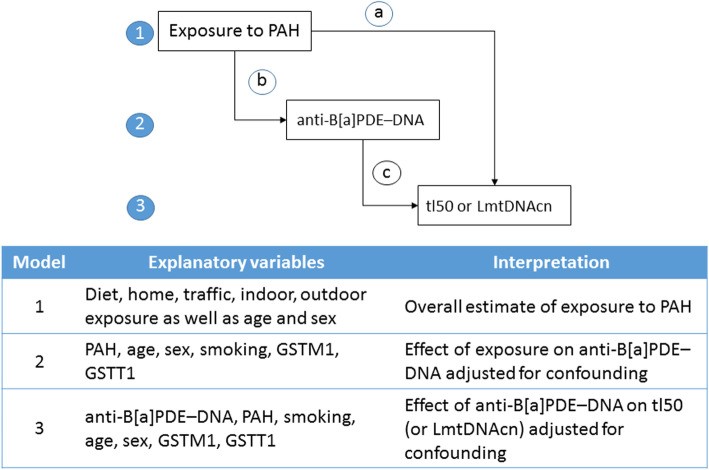Mitochondria are often called the “powerhouses of the cell,” but what does that really mean? What tangible, real-world comparison can help us grasp their vital role? This article explores various analogies to illustrate mitochondrial function and importance.
The Power Plant Analogy: The most common comparison likens mitochondria to a power plant. Just as a power plant burns fuel (coal, natural gas) to generate electricity for a city, mitochondria break down glucose (fuel) from food to produce ATP (adenosine triphosphate), the cell’s primary energy currency. This process, called cellular respiration, provides the energy needed for various cellular activities, from muscle contraction to nerve impulse transmission.
The Battery Analogy: While the power plant analogy highlights energy production, the battery analogy emphasizes energy storage. Mitochondria don’t just generate ATP; they also store it temporarily. Like a rechargeable battery powering a device, mitochondria release stored ATP when the cell needs it. This readily available energy source ensures cells can respond quickly to changing demands.
The Digestive System Analogy: Focusing on the breakdown process, we can compare mitochondria to the digestive system. The digestive system breaks down complex food molecules into simpler ones the body can absorb. Similarly, mitochondria dismantle glucose through a series of chemical reactions, extracting energy in a usable form (ATP) for the cell.
The Engine Analogy: An engine converts fuel into mechanical energy to power movement. Mitochondria, in a similar fashion, transform the chemical energy from food into the energy that drives cellular processes. This analogy illustrates the essential role of mitochondria in enabling cellular “work.”
Beyond Energy Production:
Importantly, mitochondria contribute to more than just energy production. They participate in:
- Calcium homeostasis: Regulating calcium levels within the cell.
- Apoptosis: Programmed cell death, crucial for development and disease prevention.
- Heme synthesis: Producing heme, a component of hemoglobin that carries oxygen in red blood cells.
- Steroid hormone synthesis: Creating steroid hormones, essential for various bodily functions.
These diverse roles highlight that mitochondria are complex organelles with multifaceted contributions to cellular life, exceeding a simple “powerhouse” label.
The City Infrastructure Analogy: To encompass these broader functions, consider comparing a cell to a city, with mitochondria representing its crucial infrastructure. They provide power (energy), manage waste (cellular byproducts), regulate essential resources (calcium), and contribute to the city’s overall health and stability (apoptosis, signaling).
Conclusion:
Understanding mitochondria as more than just cellular power generators is vital. While the “powerhouse” analogy provides a basic understanding, exploring comparisons like batteries, digestive systems, engines, and even city infrastructure offers a more comprehensive appreciation of their complex and essential roles in sustaining life. These analogies underscore the crucial link between mitochondrial function and overall cellular health and function.

